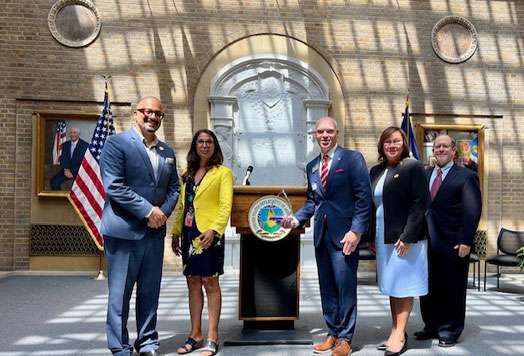Navigating the world of home loans can be daunting, especially when it comes to understanding down payments. How much do you really need? Let's break down the essentials to help you plan your dream home purchase with confidence.
Understanding Down Payments
A down payment is an initial, upfront payment made when purchasing a home. It's a percentage of the total home price, typically paid in cash, and plays a crucial role in securing a mortgage. But how much should you save for this pivotal expense?
Standard Down Payment Percentages
Traditionally, a 20% down payment is seen as the gold standard. Why? It often allows buyers to avoid private mortgage insurance (PMI), reducing monthly payments. However, there are various loan programs with different requirements:
- Conventional Loans: Often require between 5% and 20%.
- FHA Loans: Can require as little as 3.5%.
- VA Loans: Sometimes offer 0% down for eligible veterans.
- USDA Loans: Also may offer 0% down in rural areas.
Factors Influencing Down Payment Amounts
Several factors influence the amount you'll need for a down payment:
- Credit Score: A higher credit score can lead to lower down payment requirements.
- Loan Type: Different loans have varying down payment minimums.
- Home Price: The overall cost of the home directly impacts the down payment.
- Location: Property taxes and local real estate trends can affect your down payment.
Benefits of a Larger Down Payment
While saving for a large down payment might seem daunting, there are several advantages:
- Lower Monthly Payments: A larger down payment reduces the loan amount, leading to smaller monthly payments.
- Better Interest Rates: Higher down payments can secure lower interest rates.
- Equity Boost: More upfront equity can protect against market fluctuations.
Saving for a Down Payment
Here are some practical tips to help you save up:
- Set a Budget: Determine how much you can save monthly by cutting unnecessary expenses.
- Automate Savings: Set up automatic transfers to a dedicated savings account.
- Side Hustles: Consider freelance work or gig economy jobs to boost your income.
- Tax Refunds and Bonuses: Allocate any extra income directly to your down payment fund.
Down Payment Assistance Programs
Don’t forget about assistance programs! Many states and local governments offer grants and loans to help with down payments. Check out resources like:
- HUD's Local Homebuyer Programs: HUD Programs
- State-Specific Programs: Each state has different programs; check your state's housing finance agency website.
Frequently Asked Questions
1. Is a 20% down payment always necessary?
No, while 20% can help you avoid PMI and lower your monthly payments, many loan programs require less.
2. Can I buy a home with no down payment?
Yes, VA and USDA loans sometimes offer 0% down payment options for eligible buyers.
3. How do I know how much I need to save?
Consult with a mortgage lender to understand specific requirements based on your financial situation and the type of loan you're considering.
Wrapping It Up
Decoding down payments is a crucial step in your home buying journey. By understanding the requirements, benefits, and savings strategies, you can make informed decisions and confidently take steps toward your dream home. Happy house hunting!
For more detailed advice and personalized assistance, please contact a mortgage loan officer from one of our branch locations nearest you. Your homeownership journey awaits!





